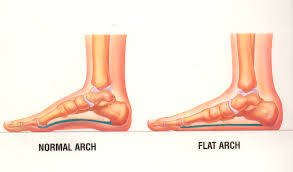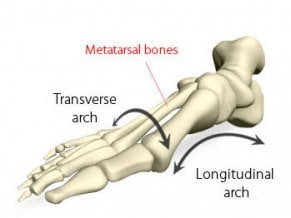Humans have been around how long? Whether you believe we have been here a few thousand years or hundreds of thousands of years, we have been doing one method for getting around since the beginning: We walk. Yet it is amazing how many people do not know how to walk!
At a conference many years ago, Dr. David Leaf stated quite perfectly, that you can fix a person’s structural problem but if they do not walk correctly, they will walk themselves back into that same or another problem. Everyone should do some serious thinking about their walking.
People frequently ask, “Which exercise is best? Water aerobics? Swimming? Cycling? Elliptical?” To me the answer is simple: humans walk. Walk properly and you can literally walk yourself to health. On the other hand, if you have problems with your walk (gait), you will literally walk yourself into problems.

Going on a trip? Let’s say sightseeing in NYC. You dress in comfy clothes and shoes. You will probably walk many blocks without even thinking about it, and over the course of a long day you might walk 8-10 miles. Think about it: That distance is somewhere between a 10k race and half marathon. Would you choose to wear those shoes for that distance? One of the iconic images of the dot com era is CEOs and other white-collar types wearing sneakers to work. Rethinking footwear conventions is still a smart idea. I have had countless women defend that their profession requires high heels, etc. In fact in any style there are good and bad choices.
Here are a few of other benefits people may not realize about walking. It helps every part of your brain, from balance, to cross cortex communication, and even emotions and eyesight. It helps balance hormones, blood sugar and stimulates a good immune system. Additionally when you walk properly it is one of the best activities to loosen up your spine itself. So many people say they “hold their stress” in their shoulders when in fact it is that they walk wrong and breathe wrong.
The best starting point I have learned was people should walk 10K -12K steps per day. This equates to about 4 miles. Therefore all you need to do is walk about 45 min per day and the rest of your day will likely get you to the goal. For most people a good gait is about 16-18minute miles). I recommend families take a walk around dinner time for 20-30 minutes. It is good for everyone’s health, a great way to connect with your children and gets us off of the electronics we are obsessed with. Then on a weekend day take a much longer walk. Runkeeper is a great free app that tracks a walk and even maps it and estimates calories burned.
So what should you wear? For some help deciding, read my blog on shoes and gait.





 Do you do healthy exercise like walking and getting outdoors more than your sitting on the couch or in front of a computer? Does your laptop and Smartphone posture happen more often than healthy posture activities? Are you stressed? What are you doing to enhance your soul and spirit? Or have you been ignoring that while focused on basic needs. Another powerful concept I re-learned recently: Money is a temporary motivator. If you want to be healthy and happy you need positive focus and goals. Passion and missions do more for your life than a money guided goal ever will.
Do you do healthy exercise like walking and getting outdoors more than your sitting on the couch or in front of a computer? Does your laptop and Smartphone posture happen more often than healthy posture activities? Are you stressed? What are you doing to enhance your soul and spirit? Or have you been ignoring that while focused on basic needs. Another powerful concept I re-learned recently: Money is a temporary motivator. If you want to be healthy and happy you need positive focus and goals. Passion and missions do more for your life than a money guided goal ever will. Walk into any store nowadays and you will see all sorts of water types and products. There is tons of information around the internet if you want more information but here are some important tidbits.
Walk into any store nowadays and you will see all sorts of water types and products. There is tons of information around the internet if you want more information but here are some important tidbits.